Assalamualaikum and Peace be upon all of you.
Welcome to my blog.
This month Flora and Fauna segment will bring you among the beautiful birds in the world, The Bird of Paradise. It is the name of the groups of birds belongs to the Paradisaeidae family. The species is found in eastern Indonesia, Papua New Guinea, Torres Straits Islands and eastern Australia. The members of this family are perhaps best known for the plumage of the males of most species, in particular highly elongated and elaborate feathers extending from the beak, wings or head.
In Malay, it is called as Cenderawasih.
BIOLOGY
The species live in tropical forests, including rainforest, swamps and moss forest. In most species, the diet consists predominantly of fruit, although riflebirds and sicklebills also favour insects and other arthropods.
Birds of paradise build their nests from soft materials, such as leaves, ferns, and vine tendrils, typically placed in a tree fork. Clutch size is somewhat uncertain. In the large species, it is almost always just one egg. Smaller species may produce clutches of 2-3. Eggs hatch after 16–22 days, and the young leave the nest at between 16 and 30 days of age.
CONSERVATION STATUS
Today the birds enjoy legal protection and hunting is only permitted at a sustainable level to fulfill the ceremonial needs of the local tribal population. Hunting for plumes and habitat destruction have reduced some species to endangered status; habitat destruction due to deforestation is now the predominant threat.
GALERIA
The types of Bird of Paradise, the VU symbol is currently near endangered species:-
Lesser Bird of Paradise (LC)
Greater Bird of Paradise (LC)
Raggiana Bird of Paradise (LC)
Goldie's Bird of Paradise (NT)
Red Bird of Paradise (NT)
Emperor Bird of Paradise (NT)
Blue Bird of Paradise (VU)
skip to main |
skip to sidebar














Land of Nine Kings
Blog Owner
Radin Twitter
The Royal Library
The Chamber of Patriotism
Rule of Law
Blog Archive
-
▼
2009
(121)
-
▼
November
(17)
- Happy Aidil-Adha 1430
- Bird of Paradise
- Shining Tears
- 48 171 grade A
- Kin'iro no Corda
- First Anniversary
- Muzik-Muzik Semi Final 2009 (Round 2)
- Taj Mahal ; The symbol of love
- Denonym for each state.
- Selangor Royal Family
- Victory for Negeri Sembilan
- Muzik-Muzik Semi-Final 2009
- Victory to Tengku Fakhry
- Kelantan : Between Royalty and Ihsan Payment
- Chua reinstated, Liow Objects
- MS Oasis of the Seas
- UMP again!
-
▼
November
(17)
My Blog List
-
-
Pregnancy and Childbirth in France6 months ago
-
-
-
-
-
Collections7 years ago
-
-
-
-
Ratu Fabiola of Belgium Mangkat Pada Jumaat11 years ago
-
RAJA NAZRIN DIMASYHURKAN SULTAN PERAK KE 3511 years ago
-
KELAM DI BALIK MENDUNG (akhir)12 years ago
-
Surat untuk kekasih imaginari12 years ago
-
-
-
-
-
-
Blog Clock
Prayer Time
Blog Counter
Feedjit
Blog Visitor
Project Alpha
(remove until further notice)
Pages
Powered by Blogger.
Nuffnang
Labels
- Architecture (15)
- Blog (81)
- Events (37)
- Govenorate Portal (86)
- Miscellaneous (14)
- Persona (10)
- Pujangga Alam (8)
- Royal Portal (686)
- Video Collections (2)
News by State
- Agong (183)
- Johor (104)
- Pahang (82)
- Selangor (82)
- Perlis (70)
- Perak (67)
- Kelantan (66)
- Kedah (58)
- Negeri Sembilan (48)
- Sarawak (40)
- Terengganu (39)
- Sabah (36)
- Melaka (31)
- Pulau Pinang (29)
Sultanate of Johor Darul Takzim

Sultanate of Pahang darul Makmur

Sultanate of Terengganu Darul Iman

Sultanate of Kelantan Darul Naim

Kingdom of Perlis Indera Kayangan

Sultanate of Kedah Darul Aman

Sultanate of Perak Darul Ridzuan

Sultanate of Selangor Darul Ehsan

Confederation of Negeri Sembilan Darul Khusus

State of Sarawak, The Land of Hornbill

State of Sabah, The land beneath the wind

State of Pulau Pinang, the Pearl of Orient

State of Melaka, The Historical City

WordPress Theme Design by FThemes.com | Bloggerized by Agus Ramadhani - Zoomtemplate.com
Power by Blogger.com
Power by Blogger.com
 RSS Feed
RSS Feed Twitter
Twitter
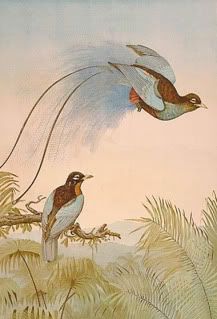
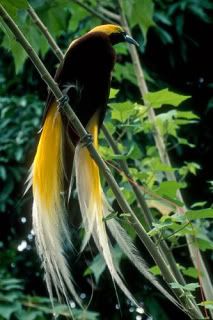
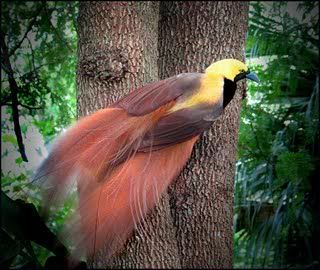
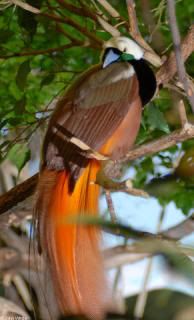


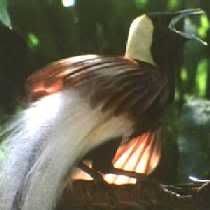



2 comments:
I've read about these birds in encyclopedias, they're seriously stunning!
yeah, i agreed with you rowan.
This is among my favourite birds after peacock. :D
i'm not a bird lover but I truly love beautiful birds.. :D
Post a Comment